Relationships
We are often interested in determining if cause and effect are present in natural, environmental, and social phenomena. This is important because we may be able to use these causal relationships to improve our environment and its sustainability.
This usually means determining if there is a mathematical relationship between quantitative measurements of our world.
- Does increasing fertilizer increase the amount of harvest of a crop? Is there a limit to this increase?
- Does presenting citizens with facts about global warming lead to changed behaviors?
- Does early childhood education improve educational and economic outcomes much later in life?
If these relationships are present and significant, we can make decisions that improve human and environmental health.
The relationship is a feature of our world that exists between to measurable quantities.
The graphs we create are depictions of this relationship.
What do you see?
Below are several plots. What do you see in the plots?
- What type of data is being shown?
- Is there a relationship in the data? (Does it look like the value on the x-axis affects the value(s) on the y-axis?)
Graph 1

Graph 2
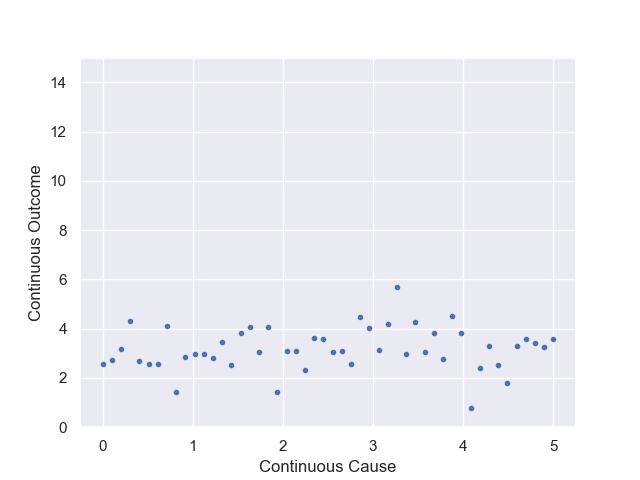
Graph 3

Graph 4
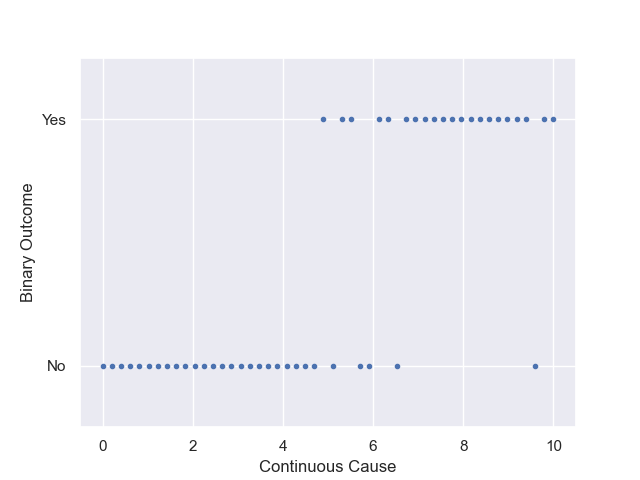
Graph 5
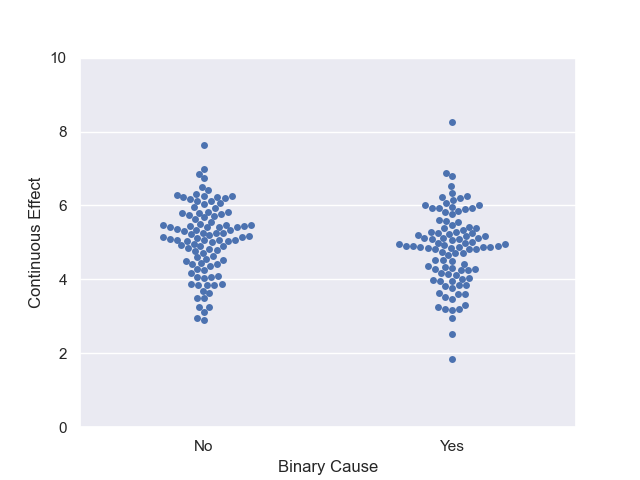
Graph 6
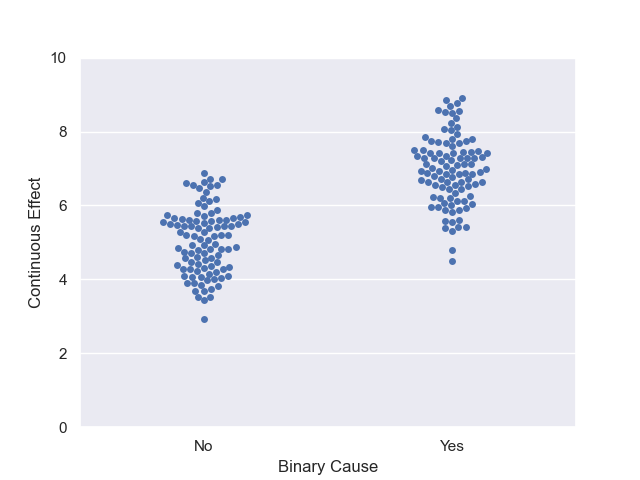
Graph 7
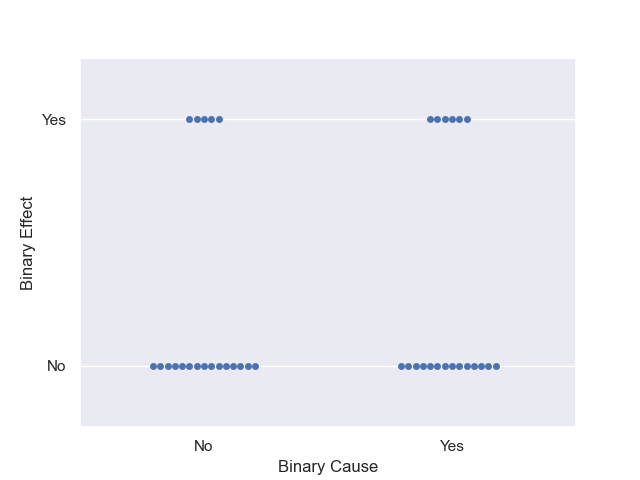
Graph 8

Types of Data
- Continuous
- Binary
- Categorical
- Interval Data
Dependent and Independent Variables
- can think of as cause and effect
- independent variable
- convention is this variable is a potential cause
- we place it on the x-axis
- dependent variable
- convention is this variable is affected by the independent variable
- we place it on the y-axis
Strength of Relationships and Associations
There are several quantities we can compute that tell us about the strength of the relationship.
One you may have heard of is the correlation coefficient.
Time Series Data
We often plot time on the x-axis and a number, say temperature, on the y-axis. This is called a time series plot.
These time series plots are not always good examples of a relationship.
Proxy Data
Sometimes we do not have direct data on something we want to observe.
In those cases, we may use proxy data. Proxy data are other directly measureable things that have some relationship with the item we want to observe.
For example, tree ring widths are used as a proxy for rainfall and temperature.
Intuition and Quantitative Relationships
We often have strong convictions that certain relationships do exist or should exist. However, some of these convictions are not based in evidence (they are pure vibes).
While our intuition can be correct, it is important to check that our convictions rest on a strong empirical base.